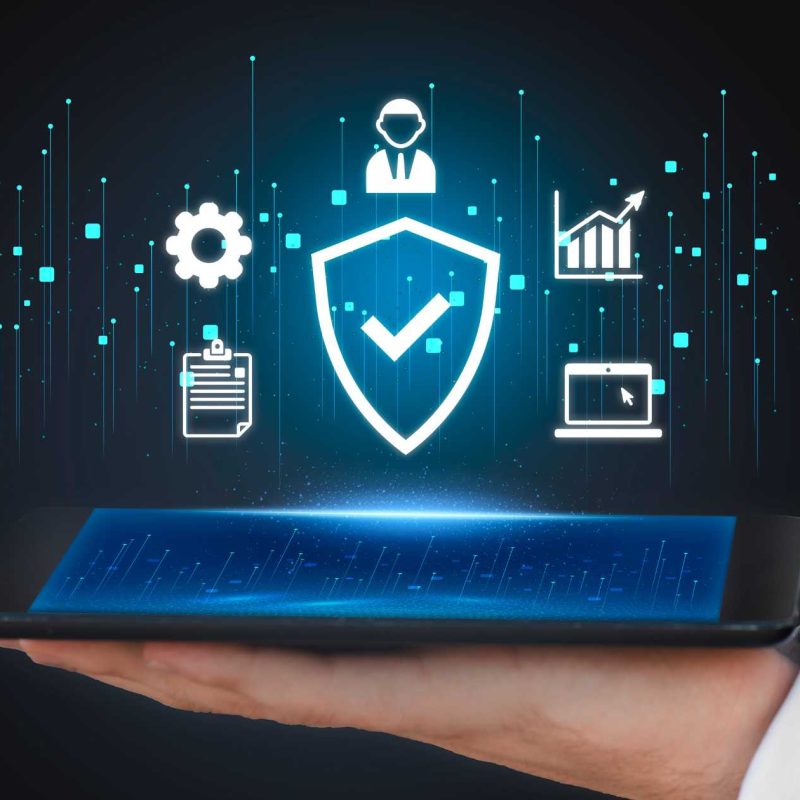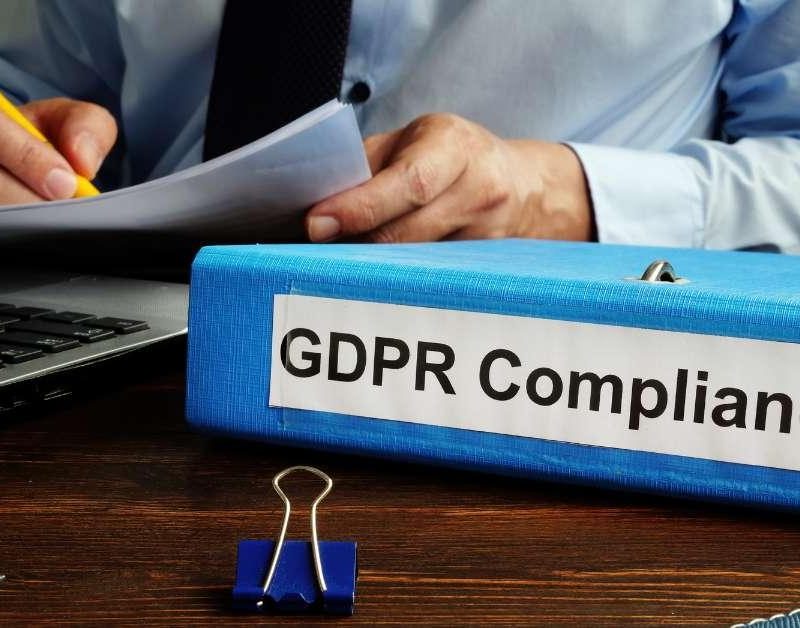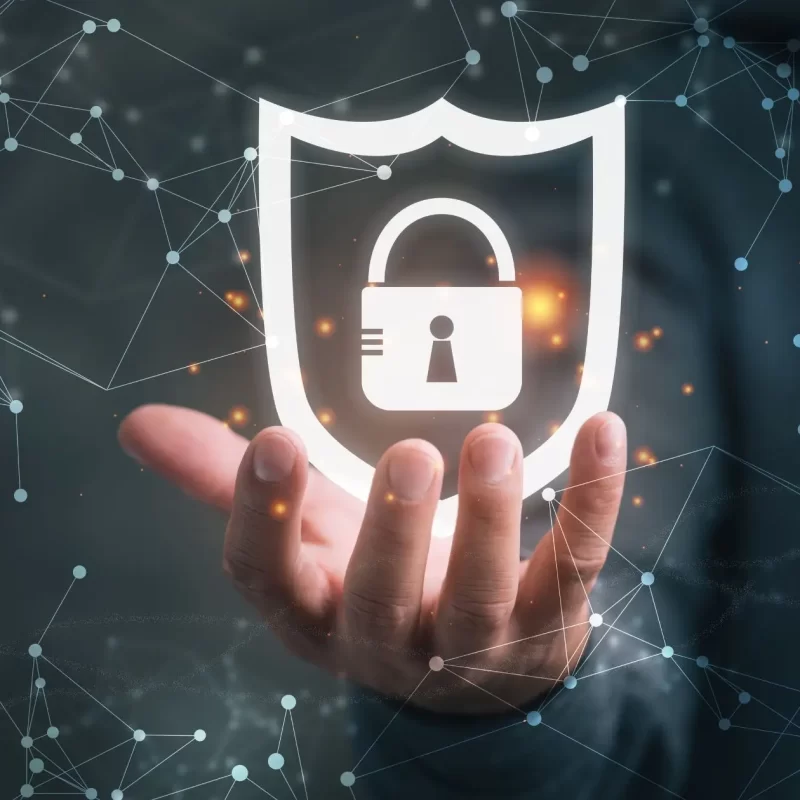Recent Posts
- How to Conduct Regular Asset Audits
- Mitigating Insecure API Vulnerabilities & Integrations With 4 Solution Strategies
- Simplifying Cryptographic Key Management: A Practical Guide
- Shadow IT Risks Explained: 5 Top Strategies for Secure and Efficient Adoption
- Top Penetration Testing Methodology And Standards in 2024
Recent Comments
No comments to show.







